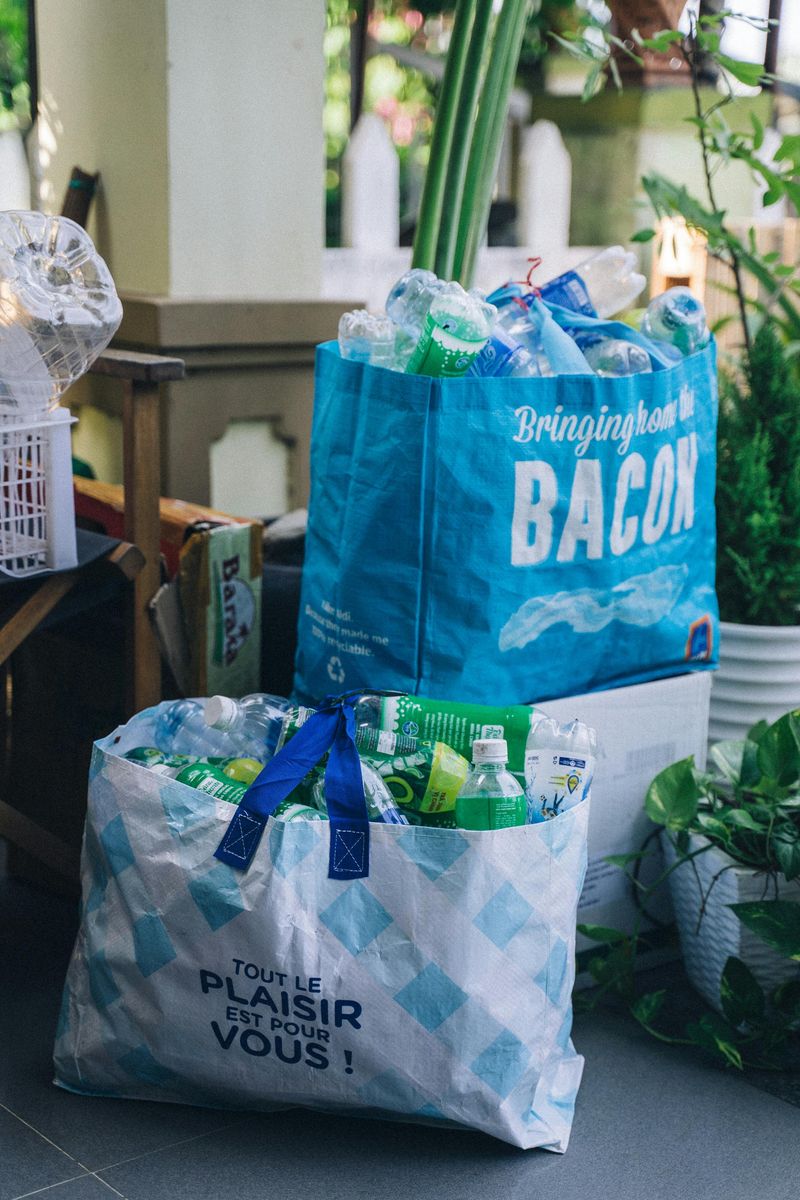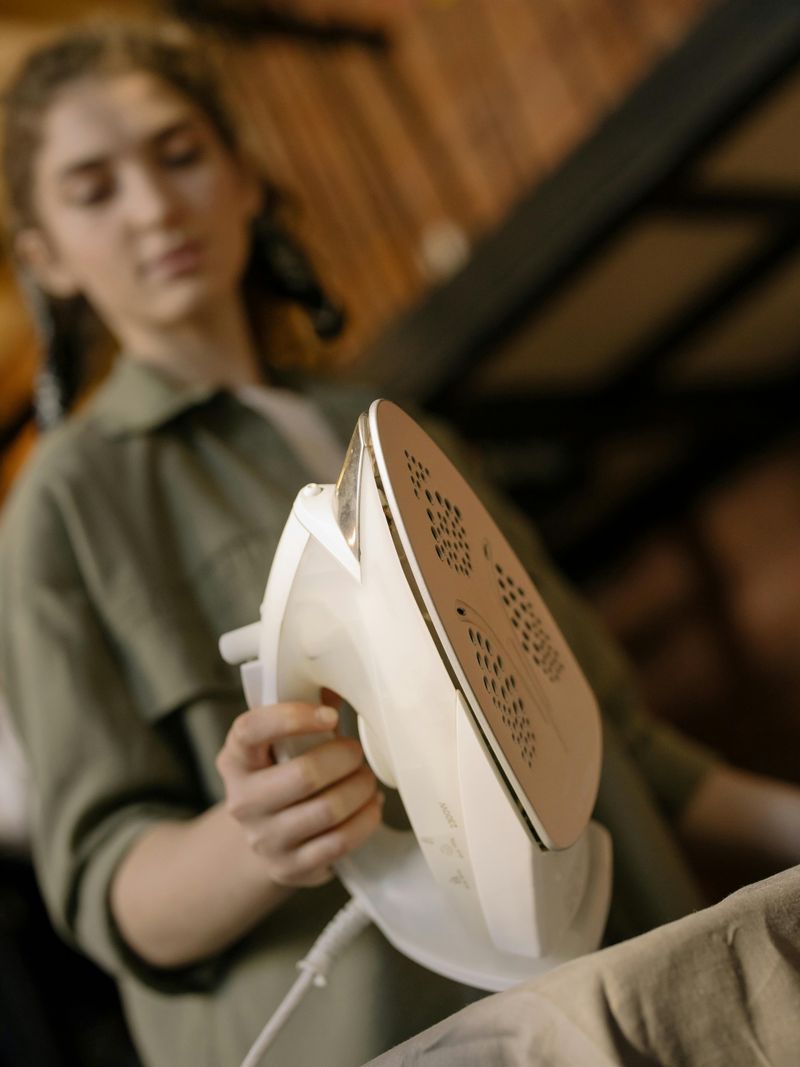14 Everyday Routines We Inherited from Our ’60s-Era Parents Without Even Knowing

Growing up, we absorbed countless habits from our parents that have quietly shaped our daily lives. Many of these routines actually originated in the 1960s, when our parents or grandparents were establishing their own households. The fascinating part is how these practices continue to influence us today, often without us realizing their origins. Let’s explore these nostalgic habits that connect us to a simpler time.
1. Gathering Around the Dinner Table

Family dinners were sacred in the 1960s, representing more than just eating—they were about connection. Parents returned from work, children from school or play, and everyone shared their day’s experiences over home-cooked meals. The television stayed off, and conversation flowed freely.
Modern families still feel that pull toward the dinner table despite busy schedules and digital distractions. We instinctively know something’s missing when we eat separately or while scrolling through phones. This ritual gives structure to our evenings and creates a dependable touchpoint for family bonding.
Research confirms what ’60s parents knew intuitively—regular family meals lead to better academic performance, reduced risk behaviors, and stronger family relationships.
2. Sending Handwritten Thank-You Notes

Remember watching Mom sit at her writing desk, thoughtfully penning notes after receiving gifts or attending social gatherings? That wasn’t just politeness—it was standard practice in the ’60s when personal correspondence carried significant social weight.
Today, despite instant messaging and emails, many of us still feel compelled to send handwritten thank-you cards. The act of selecting stationery, writing with pen, and mailing a physical note feels more meaningful than tapping out a quick text. Something about this tangible expression of gratitude resonates deeply.
The extra effort communicates sincerity in our increasingly digital world. This small ritual connects us to a time when communication required more deliberate thought and personal touch.
3. Hoarding Plastic Bags and Containers

Open any kitchen cabinet in America and you’ll likely find a stash of plastic grocery bags or a collection of washed-out butter containers. This isn’t random—it’s a direct inheritance from our ’60s parents who lived by the mantra “waste not, want not.”
Growing up during or after the Great Depression shaped their attitudes toward reusing everything possible. Those carefully folded grocery bags might become trash liners, and margarine tubs transformed into leftover containers. Our parents saw potential uses in items we might casually discard.
While today we might frame it as environmentalism, the habit stems from practical frugality. That instinct to preserve and repurpose remains embedded in our daily routines, a subtle reminder of a generation that valued resourcefulness.
4. Pressing Clothes to Perfection

The rhythmic back-and-forth motion of an iron gliding across fabric represents a ritual many of us witnessed throughout childhood. In the 1960s, wrinkled clothing simply wasn’t acceptable for public appearance—it signaled carelessness or poor home management.
Dad’s shirts hung crisp and starched, Mom’s dresses perfectly pressed. The ironing board became a permanent fixture in many homes, often set up in front of the television during evening programs. Despite wrinkle-resistant fabrics and casual dress codes today, many of us still feel compelled to iron before important occasions.
The association between pressed clothes and respectability runs deep in our psyche. That familiar smell of warm cotton and the satisfaction of transforming rumpled fabric into something presentable connects us directly to our parents’ era.
5. Starting the Day with a Made Bed

“Make your bed as soon as you get up!” This morning command echoes from childhood for many of us. The simple act of straightening sheets and arranging pillows wasn’t just about tidiness—it represented discipline and proper home management in the ’60s.
Military precision wasn’t required, but a neatly made bed signaled readiness for the day ahead. Parents from that era believed this small accomplishment set a productive tone for everything that followed. Even in our hectic modern mornings, many of us feel oddly uncomfortable leaving home with an unmade bed.
Research now confirms what our parents instinctively practiced—this small habit creates a sense of accomplishment that can trigger a chain reaction of productivity throughout the day, proving once again that ’60s wisdom stands the test of time.
6. Keeping Cash for Emergencies

Long before credit cards became everyday tools, our parents tucked away cash in special hiding spots throughout the house. This wasn’t paranoia—it was practical financial planning in an era before 24-hour ATMs and digital banking.
The infamous “rainy day fund” might have been hidden in a coffee can, between book pages, or in an envelope taped behind a drawer. Despite our digital wallets and instant transfers, many of us still feel safer knowing there’s cash somewhere in our homes for unexpected situations. The habit speaks to a deeper value of self-reliance.
This practice reflects the ’60s mindset of preparedness and independence. When our parents said, “You never know when you might need it,” they weren’t just being cautious—they were teaching a fundamental life skill that technology hasn’t fully replaced.
7. Tuning into the Nightly News

The familiar sound of news program theme music signaled an important family ritual in 1960s households. At 6:30 sharp, families gathered around television sets to watch Walter Cronkite or Huntley-Brinkley deliver the day’s events—a sacred time when interruptions weren’t welcome.
This wasn’t just information gathering; it was civic participation. Parents believed staying informed was part of responsible citizenship, a value they modeled consistently. Today, despite 24-hour news cycles and constant notifications, many of us still feel compelled to check in with formal news sources at specific times.
The ritual provided structure and connected families to the broader world. Even as we consume news differently now, that instinct to pause and focus on current events at regular intervals remains embedded in our routines—a direct inheritance from our parents’ media habits.
8. Shining Shoes for Special Events

Sunday mornings in many 1960s households included the ritual of shoe polishing—the rich smell of Kiwi polish, the rhythmic buffing with soft cloths, and the satisfaction of seeing dull leather transform to a military-worthy shine. This wasn’t merely about appearance but about respect for occasions and institutions.
Proper footwear maintenance represented attention to detail and personal standards. Children watched parents meticulously care for shoes before church, job interviews, or special events. The process taught patience and pride in presentation.
Today, despite casual dress codes and disposable fashion, many of us still feel underdressed without properly maintained shoes for important occasions. The habit connects us to a time when people owned fewer things but maintained them with greater care—a subtle rejection of today’s throwaway culture.
9. Maintaining the Mysterious Junk Drawer

Every ’60s home had that one drawer—the repository for items too useful to discard but too odd to categorize. Rubber bands, paper clips, orphaned keys, instruction manuals for appliances long gone, and that one tool nobody could identify but everyone was afraid to throw away.
This wasn’t disorganization but practical household management. Before specialized storage solutions and minimalist philosophies, the junk drawer served as command central for life’s miscellaneous needs. Parents could magically produce a safety pin, birthday candle, or spare button at a moment’s notice.
Most modern homes still maintain this tradition despite our organizational apps and storage systems. The junk drawer represents hope and preparedness—the belief that everyday problems have solutions hidden among our collected odds and ends, waiting to be discovered when needed most.
10. Treating Laundry with Reverence

Monday was traditionally laundry day in the 1960s—a full household production involving sorting, washing, hanging on outdoor lines, and precise folding techniques. Sheets snapped crisply before folding, towels aligned perfectly, and clothes grouped by family member with almost ceremonial attention.
Clotheslines represented more than just drying—they showcased a homemaker’s standards to the neighborhood. The fresh outdoor scent became associated with cleanliness itself. Even with modern high-efficiency machines and dryer sheets, many of us still fold towels using our mother’s exact method or feel satisfied seeing laundry hanging in sunshine.
This laundry reverence taught us that routine maintenance deserves respect and attention. The meditative quality of these precise movements connects us directly to previous generations who found dignity in domestic work long before “mindfulness” became trendy.
11. Preparing for Unexpected Visitors

The doorbell rings unexpectedly—does panic set in? Not if you were raised by ’60s parents who maintained constant readiness for impromptu guests. This wasn’t anxiety but hospitality culture, where homes remained visitor-ready and snack supplies stayed stocked for surprise social calls.
In an era before texting ahead, dropping by unannounced was common practice. Parents kept “company cookies” in tins, guest towels in bathrooms, and quick-clean routines for public areas. The ability to seamlessly welcome visitors reflected social competence and community connection.
Many of us still straighten rooms before leaving home or keep special treats on hand “just in case.” This hospitality reflex represents more than mere tidiness—it’s about maintaining human connections in a world increasingly mediated by screens and schedules, preserving the spontaneous social fabric our parents valued.
12. Salvaging Gift Wrap and Aluminum Foil

Christmas mornings in many ’60s households included the curious sight of adults carefully folding used wrapping paper while children eagerly tore into gifts. This wasn’t killjoy behavior but practical resource management from people who experienced genuine scarcity during their formative years.
Aluminum foil received similar treatment—washed, dried, and folded for reuse. Holiday ribbons were stored in special boxes, tissue paper smoothed and tucked away. Nothing usable was casually discarded.
Today’s environmental consciousness gives new legitimacy to these habits, but many of us practiced them long before “reducing waste” became fashionable. The impulse to save perfectly good wrapping paper or rinse foil for another use connects us directly to our parents’ values of thrift and resourcefulness—subtle acts of resistance against throwaway culture that feel simultaneously old-fashioned and ahead of their time.
13. Practicing Reflexive Politeness

“What do you say?” This prompt from parents triggered automatic responses—”please,” “thank you,” “excuse me”—drilled into children through consistent repetition. In the 1960s, basic courtesy wasn’t optional but fundamental to social functioning and personal character.
Politeness training started early and continued relentlessly. Children learned to address adults with proper titles, make eye contact during conversations, and express gratitude promptly. These weren’t just social niceties but moral imperatives.
As adults, many of us still feel physically uncomfortable when we forget to say “thank you” to a server or automatically respond “you’re welcome” instead of the more casual “no problem.” These ingrained verbal habits reveal our parents’ deep belief that respectful language creates harmonious communities and reflects personal integrity—values that transcend changing social norms and continue shaping our everyday interactions.
14. Dressing Up for Air Travel

Flip through family photo albums from the 1960s, and you’ll notice something striking about air travel—passengers dressed impressively. Men wore suits and ties, women donned dresses and heels, and children were scrubbed and pressed in their Sunday best just to board an airplane.
Flying represented special occasion status, not merely transportation. Travelers demonstrated respect for the experience through careful appearance. Airlines reinforced this formality with elegant service and meal presentation.
While most modern travelers prioritize comfort, many of us still feel vaguely compelled to “dress a little nicer” for flights compared to everyday attire. That lingering urge to present ourselves well while traveling connects directly to our parents’ era when public appearance signified personal standards and social consideration—a subtle inheritance that distinguishes between merely going somewhere and making a proper journey.

Comments
Loading…